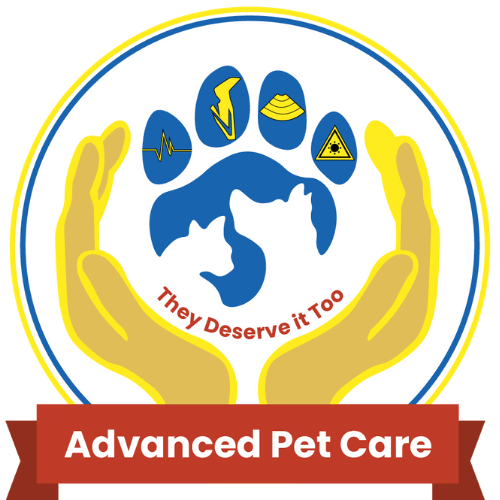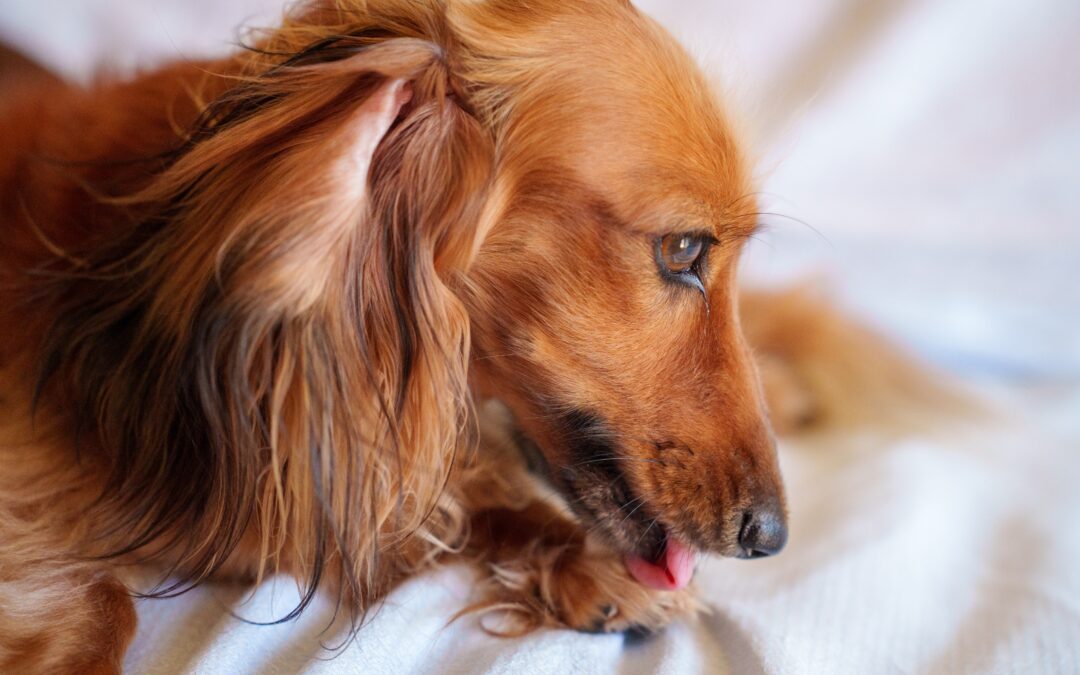How to Recognize, Handle, and Avoid Hot Spots in Pets
Your pet may scratch, lick, and gnaw themselves into a hot spot when they are itching so bad that their skin feels like it is on fire. Learn more about these highly irritating sores to assist your furry friend in overcoming their itching.
What do pets’ hotspots look like?
Hot spots are inflamed lesions that appear on a pet’s skin and are also referred to as acute moist dermatitis or pyotraumatic dermatitis. These spots frequently appear out of nowhere and can soon turn into an excruciating mess for your pet.
What results in hot areas in animals?
Hot spots are typically brought on by allergic reactions to food, fleas, or the environment. Nevertheless, anything that prompts your pet to lick, chew, or scratch an area until raw skin is exposed can be the reason.
Hot spots could be brought on by:
- infected ears
- skin maladies
- tangled fur
- infections of the urinary tract
- anal glands
How are pet skin irritations treated?
To avoid a severe skin infection, treating your pet’s hot spots as soon as possible is essential. Put your pet on an Elizabethan collar (also known as an e-collar) as soon as you discover a small patch of inflammation so they can’t irritate the skin any more.
As hot spots can be excruciatingly painful to the touch, we may give your pet anesthesia along with a potent analgesic when they come to our hospital for hot spot therapy. Once your pet is at ease, we will remove matted fur to provide room for air. To enable the hot spot to heal, the wet, matted fur must be removed since it acts as a breeding ground for infection.
To remove fur and other debris, we will carefully wipe the area with an antiseptic rinse. Then, to relieve the itch and treat the infection, we will administer topical treatments to the clean, dry skin. We may suggest allergy treatment, anal gland expression, ear medicine, routine grooming, or other therapies depending on the underlying cause of the hot area.
Don’t hesitate to act if you see an inflamed or irritated region on your pet’s skin. Call our staff to make an appointment before a small annoyance develops into a significant, uncomfortable hot spot.

